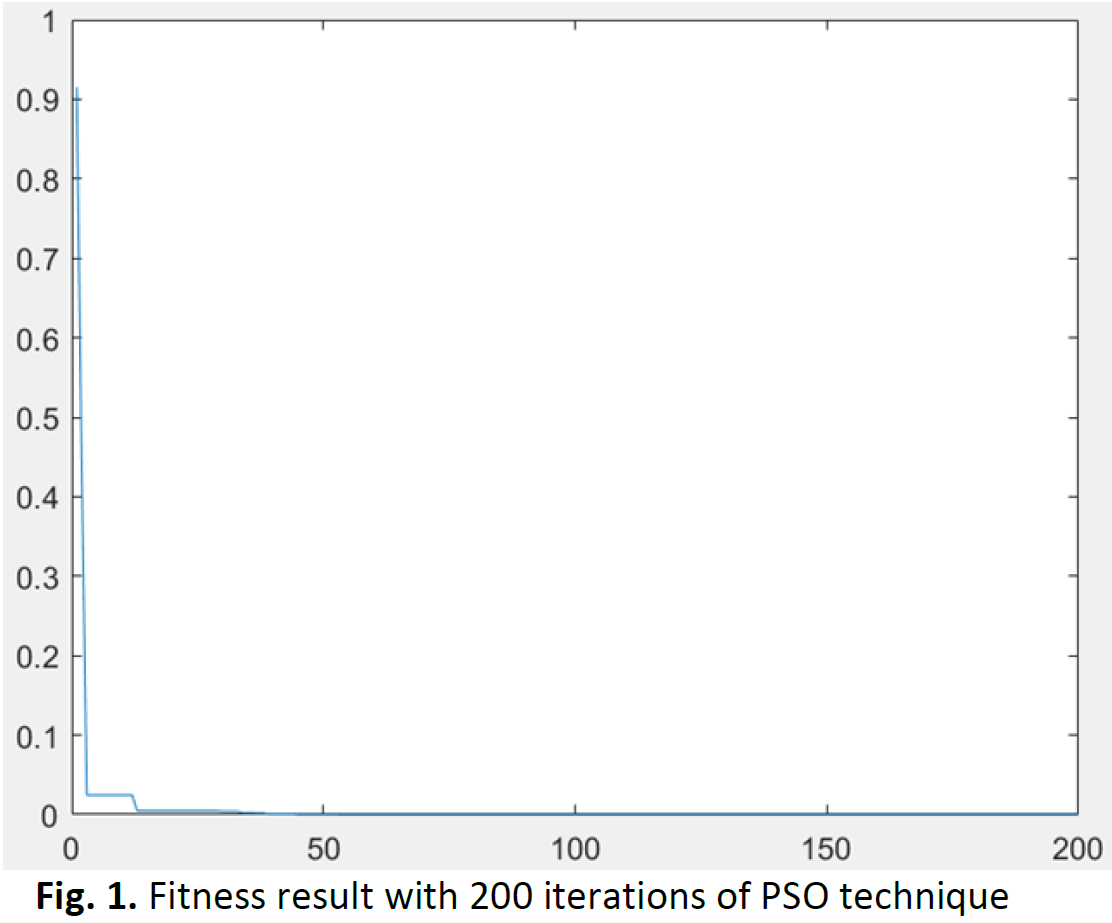An Optimization of RSRP on Wi-Fi and LTE-LAA Coexistence Networks
DOI:
https://doi.org/10.37934/aram.126.1.6070Keywords:
Wi-Fi, LTE-LAA, PSO, RSRP, energy detectionAbstract
Over the last decade, mobile traffic has grown at an exponential rate, resulting in a scarcity and incompetent use of licensed spectrum by mobile network operators. Therefore, it is important to maintain effective communication to avoid disconnecting signals. The technique of regulating the power of a transmitter in order to improve the communication signal or entire quality of service is known as power control. It is mostly used to improve the performance of a communication device by controlling the transmission power. Power control, in most scenarios, allows the transmission or signal power to be scaled, leading to improved signal quality. On the other hand, power control methods are aimed at avoiding unnecessarily high-power transmission. Hence, particle swarm optimization (PSO) is a computational method for optimizing the reference signal received power (RSRP) by iteratively attempting to improve an unnecessarily high-power transmission solution in terms of a given quality measure. The objective of this research is to evaluate the optimum RSRP value and proposed ideal energy detection threshold for Wi-Fi and LTE-LAA in order to obtain fair coexistence between two networks. Thus, simulations for PSO are carried out using MATLAB software. Based on the results obtained, there are improvement in throughput for both networks after PSO implementation therefore, an ideal energy detection threshold is suitable to use in order to get fair coexistence between Wi-Fi and LTE-LAA networks. Consequently, all the results obtained will be used in following research work in order to evaluate user’s handover in various scenarios.
Downloads


























